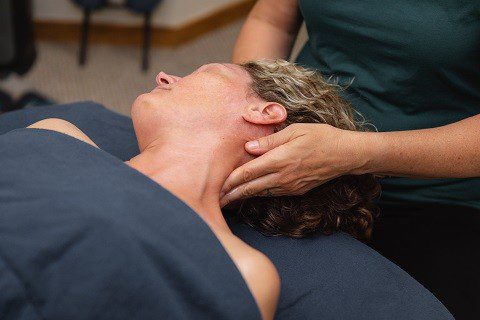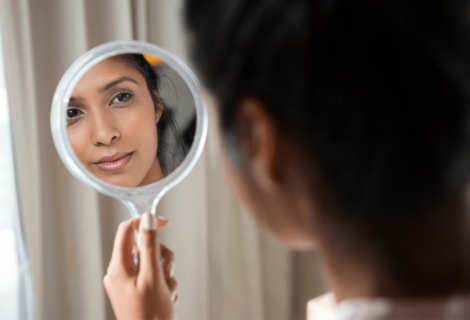Thigmotropism: Response To Touch
Let’s channel our inner Dora the Explorer – “can you say Thigmotropism?” Ok so this isn’t a Spanish word like Dora is fond of, but it was certainly Greek to me the first time I heard it. Thigmotropism, or Haptotropism, is the movement or change in orientation of a plant’s growth as a reaction to touch. Basically it means “responds to touch”.
While humans are not defined as thigmotropic, we do respond to touch. In fact, we need touch to survive! Babies deprived of touch can fail to thrive, while adults need touch to “help regulate sleep and digestion, build the immune system, and fight infections.”
The skin is the largest organ in the body responsible for sending signals to the brain regarding temperature, pressure, pain and pleasure sensations. A pleasurable touch, such as a hug, further releases oxytocin in the brain. Oxytocin is the bonding neurotransmitter that says “hey I like this person or place. I feel connected!”.
Touch is such a fundamental aspect to our being that we have nerve receptors (C Tactile Afferents) designed solely to respond to non-painful touch throughout almost every inch of our body, absent only from the palms of our hands and soles of our feet. Touch is critical to our emotional and social development. Dr. Helena Wasling says in her TedXGoteborg talk “when restricted from touch…people no longer know how to behave.” Touch affirms our sense of self and sense of belonging.
Compassionate touch tells our brain that we are safe; we are cared for; we are loved. Think about the friendly hug you give a friend or the soothing hug you give someone who is grieving. Think of the handshake or pat on the back you’ve received for a job well done. Think even of the gentle touch you give yourself when you injure yourself or have a tummy ache.
Here are some wonderful ways to influence touch receptors in skin:
- Get a massage! This is huge as massage not only supports emotional and social connection, but eases pain, tension and stress in the body.
- Take a warm bath.
- Play with and cuddle a pet.
- Take a walk in nature letting the plants gently touch the skin.
Touch is critical – and we respond. We may not be a plant that changes its direction of growth due to touch…oh wait, yes we are. We connect and we grow in positive directions because we feel safe, connected and loved. In this sense, we are thigmotropic. Now – who needs a hug?







